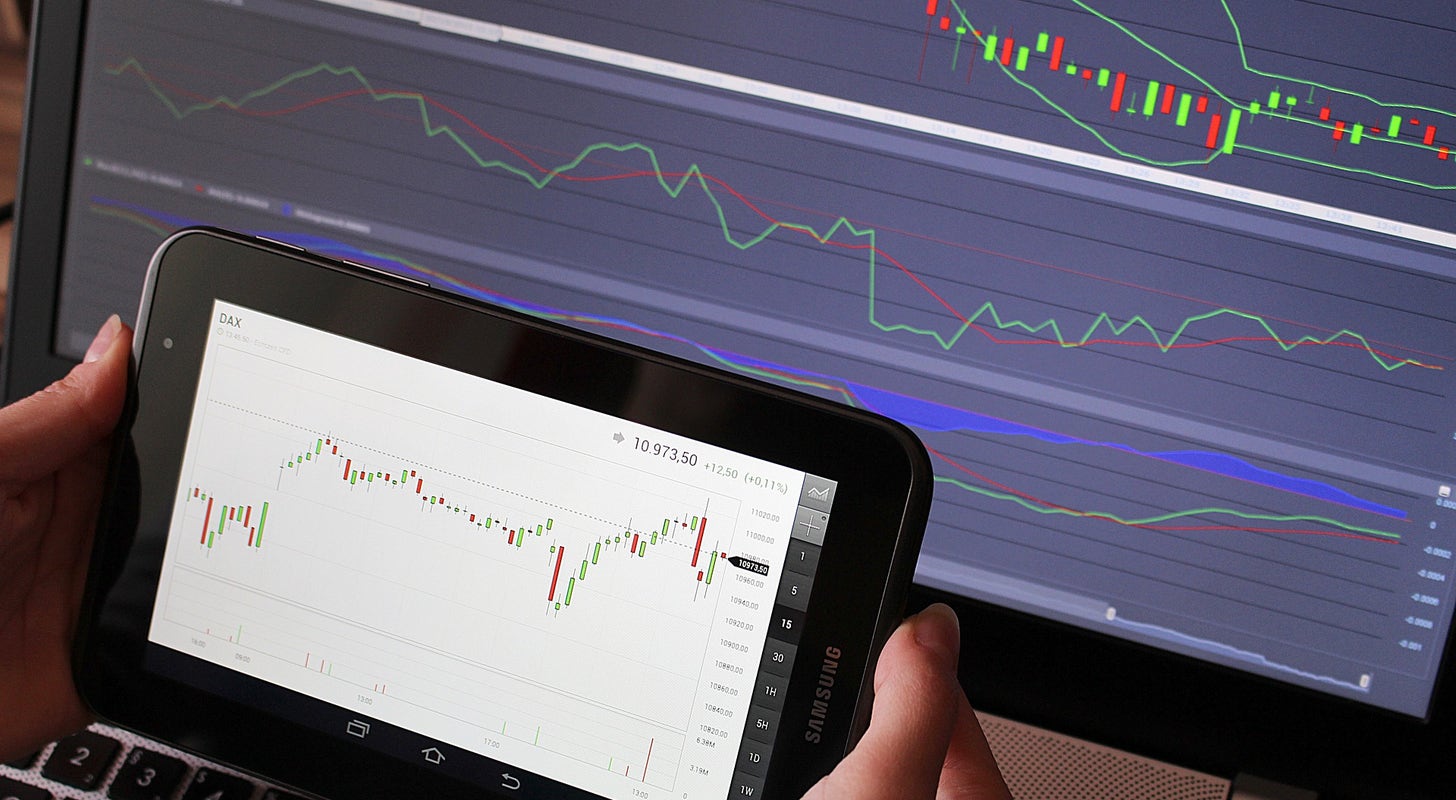Behind the Scenes of ASML Holding's Latest Options Trends Benzinga, Put Volume, Call Volume, ASML Holding, Open Interest, Options Trades, 30-Day Overview by https://www.benzinga.com/

AI Insights:
Simple Explanation:
ASML Holding is a company that makes special machines called photolithography systems. These machines help create tiny computer chips by using light to draw patterns on a round wafer. This process helps make better and faster computers, phones, and other gadgets. The article talks about how some people are buying and selling options for ASML's stock, which is a way to bet on whether the company will do well or not. Some big trades happened recently, and the prices and volumes of these trades can be seen in charts. Read from source...
Critical Perspective:
1. The title is misleading and sensationalized, implying that there are some behind-the-scenes secrets or scandals about ASML Holding's options trends, when in reality the article is just a summary of some recent data on trading volumes and open interest. A more accurate title would be something like "ASML Holding's Recent Options Trends: A Data Overview".
2. The introduction is vague and does not provide any context or background information about ASML Holding, its industry, or its role in the semiconductor market. This makes it hard for readers who are not familiar with the company to understand what ASML Holding does and why it matters. A better introduction would explain that ASML is a leading supplier of photolithography systems for chipmakers, and how these systems enable the production of more powerful and efficient chips.
3. The chart in the first paragraph shows only 270 trades within a strike price range of $330 to $780, which is a very small sample size and does not reflect the overall market activity or the diversity of traders involved. A more comprehensive analysis would include data from other sources, such as options exchanges, brokers, or research firms, and cover a wider range of strike prices and expiration dates.
4. The largest options trades observed section is incomplete and inconsistent, as it only lists the trade type, strike price, and total trade price, but not the open interest or the direction of the bet (call or put). This information is crucial to understand the nature and implications of each trade, and how they relate to the underlying stock price and volatility. A more informative section would also include these details, as well as the date and time of the trade, and the identity of the trader if available.
5. The article does not provide any analysis or commentary on the implications or significance of the data presented, nor does it cite any sources or references to support its claims. This leaves the reader with many unanswered questions and doubts about the reliability and relevance of the information. A better article would interpret the data in light of the company's performance, valuation, outlook, and competitive position, and also acknowledge the limitations and caveats of the data source and methodology.